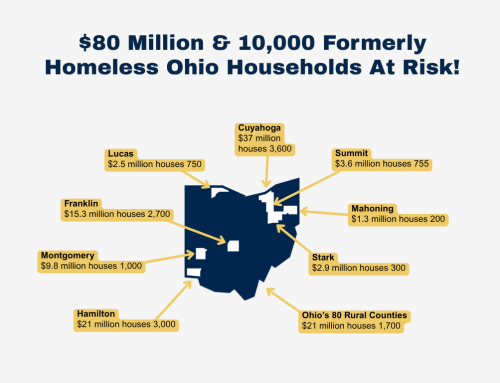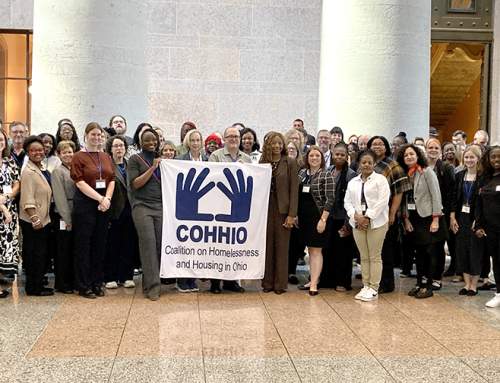The Health Policy Institute of Ohio’s recent report recommends lawmakers tackle housing insecurity, homelessness and other “social determinants” to help drive down the state’s shamefully high rate of infant mortality, which is one of the highest in the country.
In the report, HPIO reviewed the scientific literature and found that health is impacted by several housing issues, including: affordability; racial segregation; housing instability; neighborhood conditions; and housing quality.
“Housing that is high-quality, affordable and located in safe, resource-rich neighborhoods supports good health,” the report says. “A lack of affordable housing stock in most communities, historical policies of segregation and discriminatory housing practices make it difficult for people in groups at the greatest risk of poor birth outcomes to find housing that meets this description. In order to ‘get by’ some have to live in housing that has negative effects on health and can increase the likelihood of poor birth outcomes and infant mortality.”
Noting that women who are most at-risk for infant mortality are likely to be renters with extremely or very low incomes, the report found that rental assistance, homeless services, and affordable housing preservation and development are the programs most relevant to the target population. While most of the funding for these services comes from the U.S. Department of Housing and Urban Development, the state also supports these programs through the Ohio Housing Trust Fund. Meanwhile, the Ohio Housing Finance Agency is in the process of creating a $1 million pilot program to assess the potential for rental subsidies to reduce the risk factors for infant mortality and increase the housing stability of low-income households with children.
HPIO makes a number of housing-related recommendations for state legislators to reduce Ohio’s infant mortality rate, including:
- Increase the availability of rental assistance programs for renters with Extremely Low Incomes
- Reduce structural barriers (level of income, source of income, criminal record, etc.) to accessing affordable housing for Ohio’s highest-risk renters
- Increase the supply of affordable rental housing for Extremely Low Income and Very Low Income households in high-opportunity and low-poverty areas
- Improve coordination of services for low-income families by convening cross-sector partnerships
-
Reduce the number of evictions and forced moves experienced by low-income families most at risk of infant mortality, including African Americans and pregnant women
-
Improve the quality of affordable housing stock
Specifically, the report recommends the General Assembly provide funding from the General Revenue Fund for OHFA to establish a new rental assistance program targeting populations most at-risk for infant mortality.
Furthermore, HPIO says legislators could direct state agencies to increase funding for rapid re-housing programs and rental assistance programs for pregnant women and families with very young children by increasing county recordation fees flowing into the Housing Trust Fund or using TANF funds.
“Although developed to reduce infant mortality, the housing policy goals and recommendations also support many other state priorities for improving population health outcomes, controlling healthcare spending and increasing economic opportunity and vitality,” the report says. “Housing stability, for example, is important to children’s social-emotional functioning at school and supports the policy goals in part six of this report. Improving data collection on the housing status of Ohioans accessing work support programs would provide important information that could help to improve outcomes across systems.”







